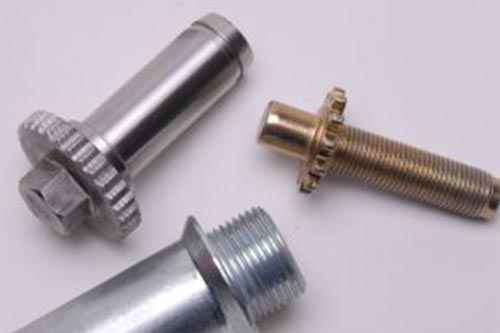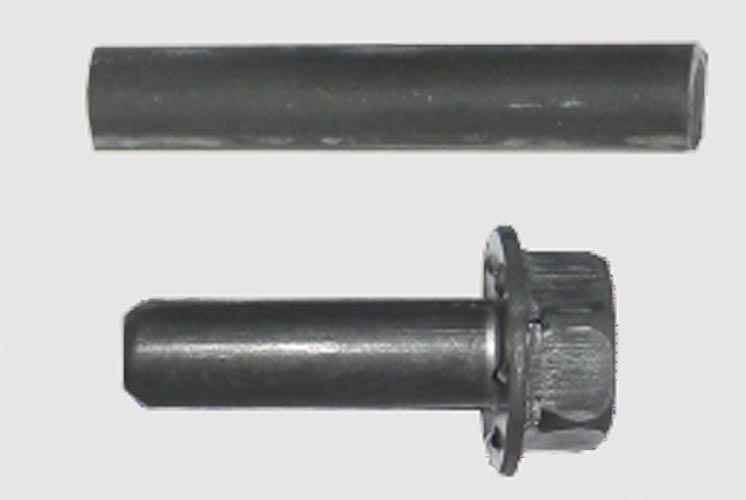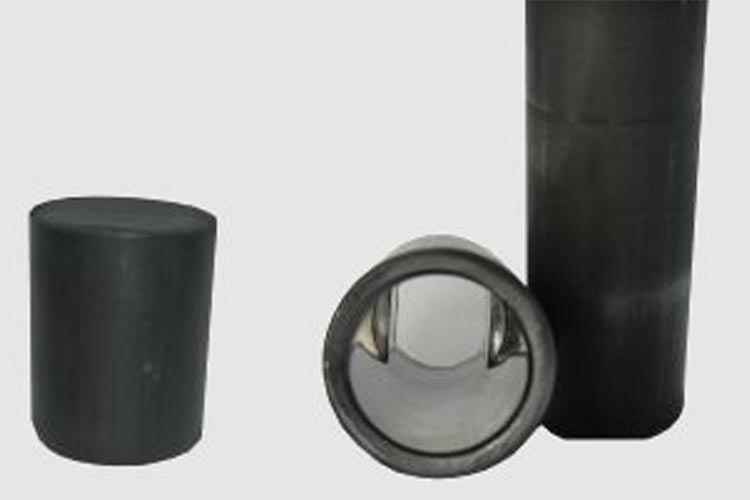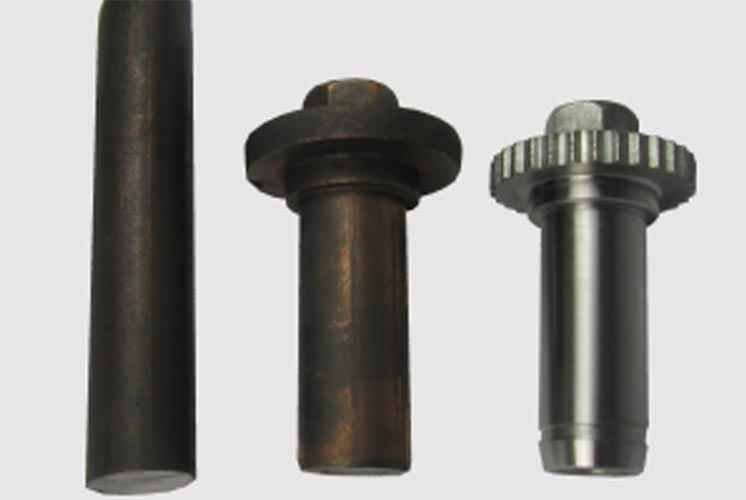The Advantages of Cold Heading and Cold Forming
Cold heading is an advanced manufacturing process where a length of wire is cut from a coil then placed into a die. A hammer will then either upset the material (i.e. place a head on it) or extrude the material (i.e. force the wire into a smaller cavity within the die).
Through cold headed manufacturing, working material is simply rearranged, as opposed to other production methods that require material to be cut, ground or cast into shape.
Therefore, there is no loss of material in cold heading, and typically no scrap, making it an extremely efficient, cost-effective and environmentally-friendly production method.
Cold Heading Benefits Your Production Through Engineered Efficiency & Consistency
- Because the working material is simply moved instead of cut, cold heading improves the finished part’s grain structure. This unbroken grain flow gives the component a greater strength-to-weight ratio. Conversely, the grain structure is weakened by conventional cutting operations (e.g. screw machined or CNC parts).
- Net / Near net shape can be achieved to eliminate or reduce secondary operations and greatly reduce scrap.
- Highly repeatable product consistency.
- Dimensional accuracy.
- Premium aesthetics with improved surface finish.

What Methods Are Used in the Cold Headed Manufacturing Process?
Upsetting
Upsetting is generally used to create a head on a fastener. There is a limit to the amount of material that can be upset in one blow; therefore, forming a more complex part in which more metal is moved farther is better accomplished in multiple stages, or blows, which is why multi-die machines are used.
The head on a standard indented hex washer screw is an example of upsetting on a single die, two-blow header. In this type of machine, the cutoff is loaded into a single die and struck twice, hence the name two-blow header.


Backward Extrusion
Backward extrusion uses an angular punch. Because the metal has no place to go, it literally flows along the outer perimeter of the punch, backwards in the die.
This is useful in forming a variety of cylindrical shapes, such as nuts, sleeves, through-holes, blind holes and tubular rivets.
The tubes on the right in the photograph are made from the cutoff on the left. Only a small section of scrap is produced, drastically less than a CNC or Screw Machine equivalent part.
Near Net Shape
The accompanying image is an example of achieving near net shape after the cold heading process. This means we form most of the part on our cold heading equipment for the ultimate cost savings and reduction in secondary processes.
The part on the LEFT is the cut-off from the wire coil.
The part in the CENTER is after a 4-die cold header progression.
The part on the RIGHT has been completed on the CNC.
Very minimal scrap is generated.
